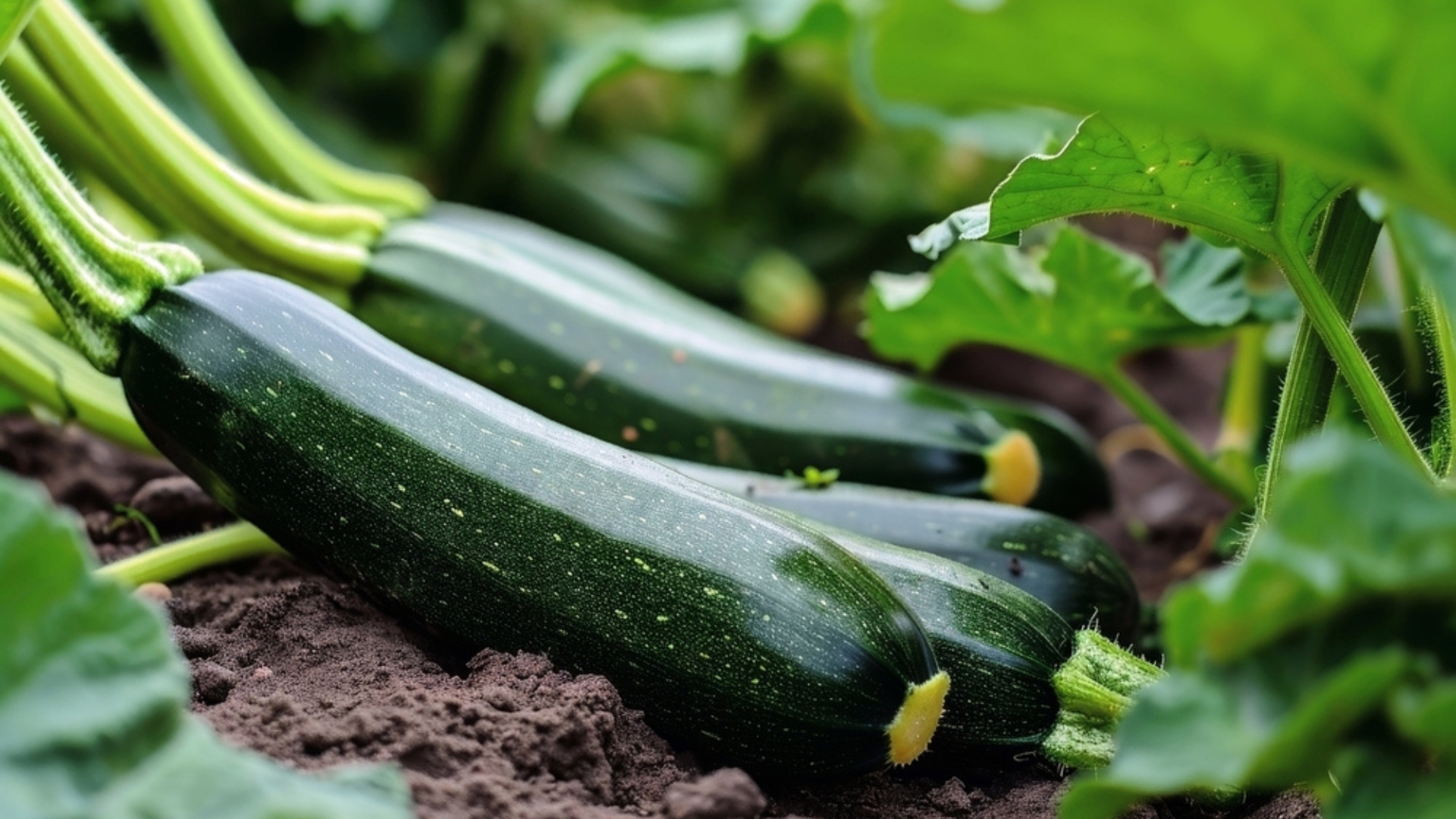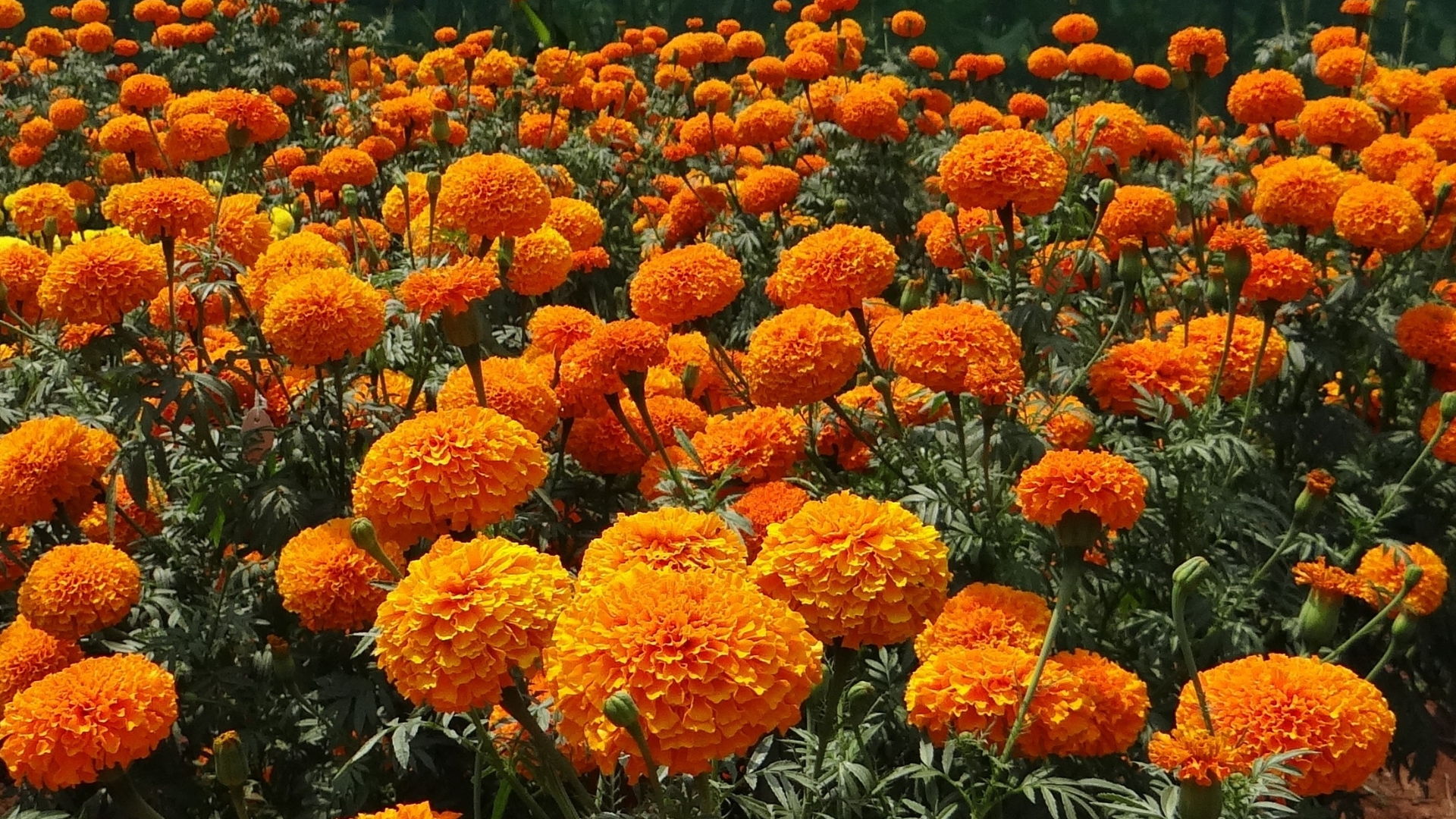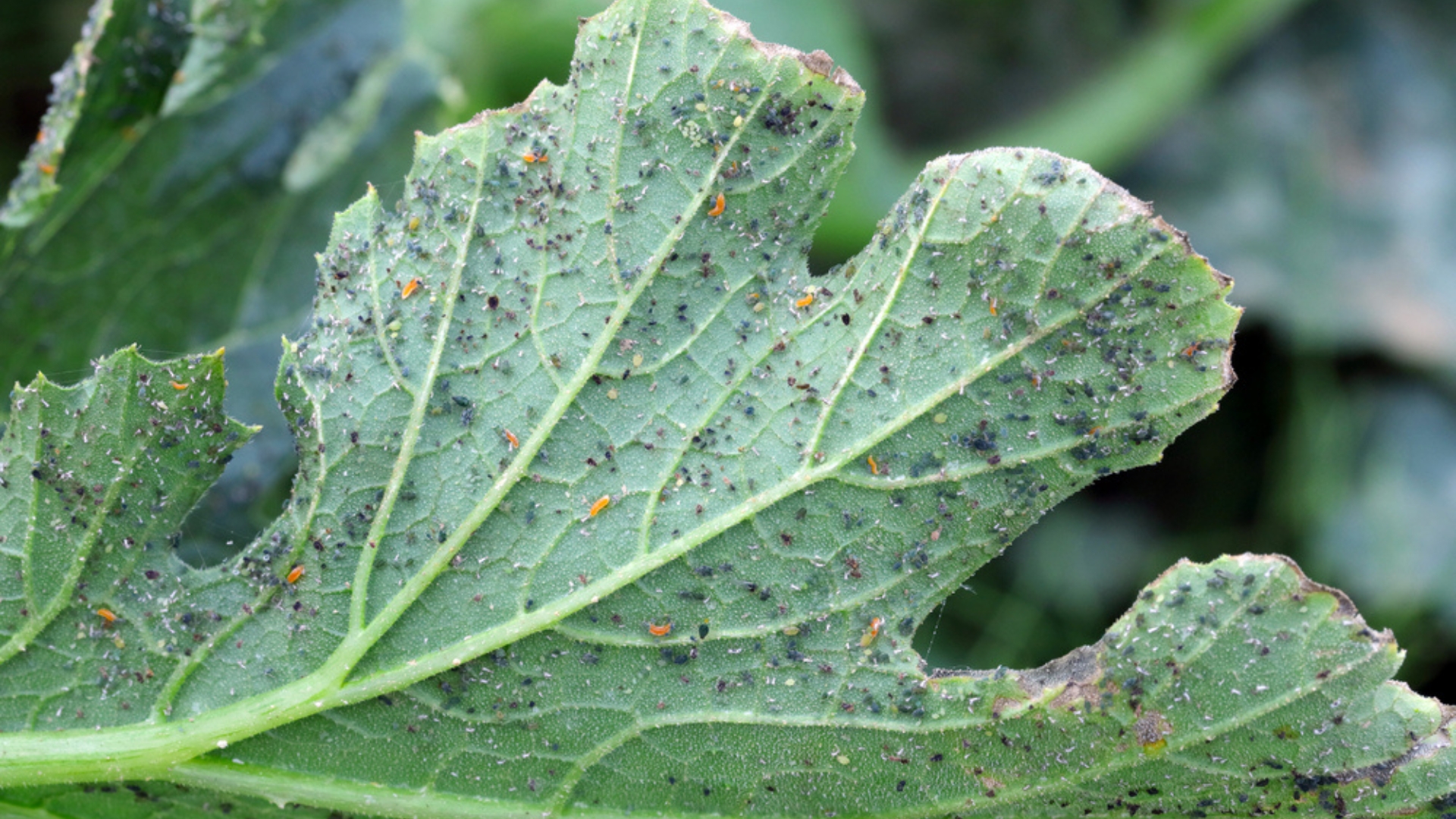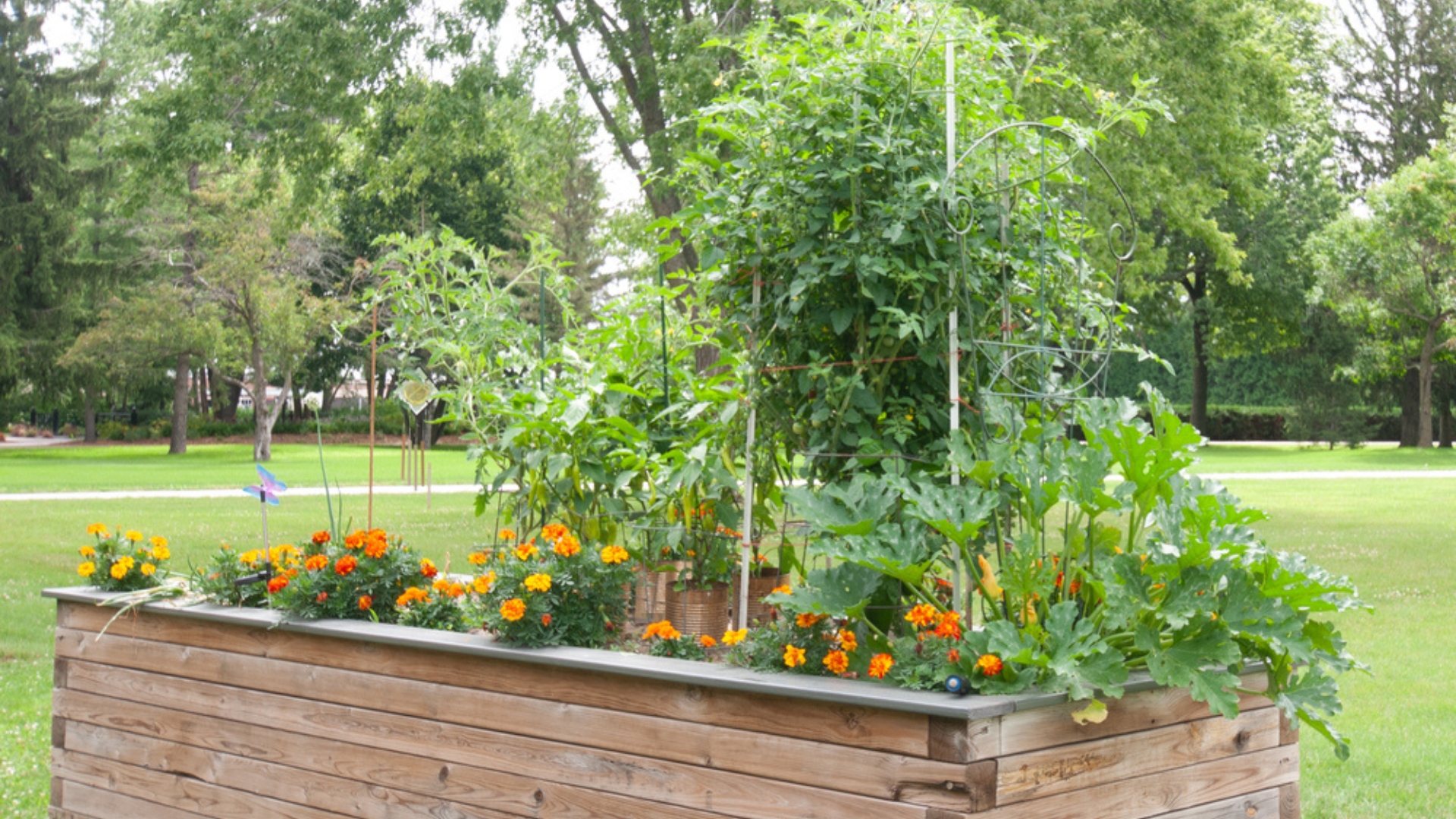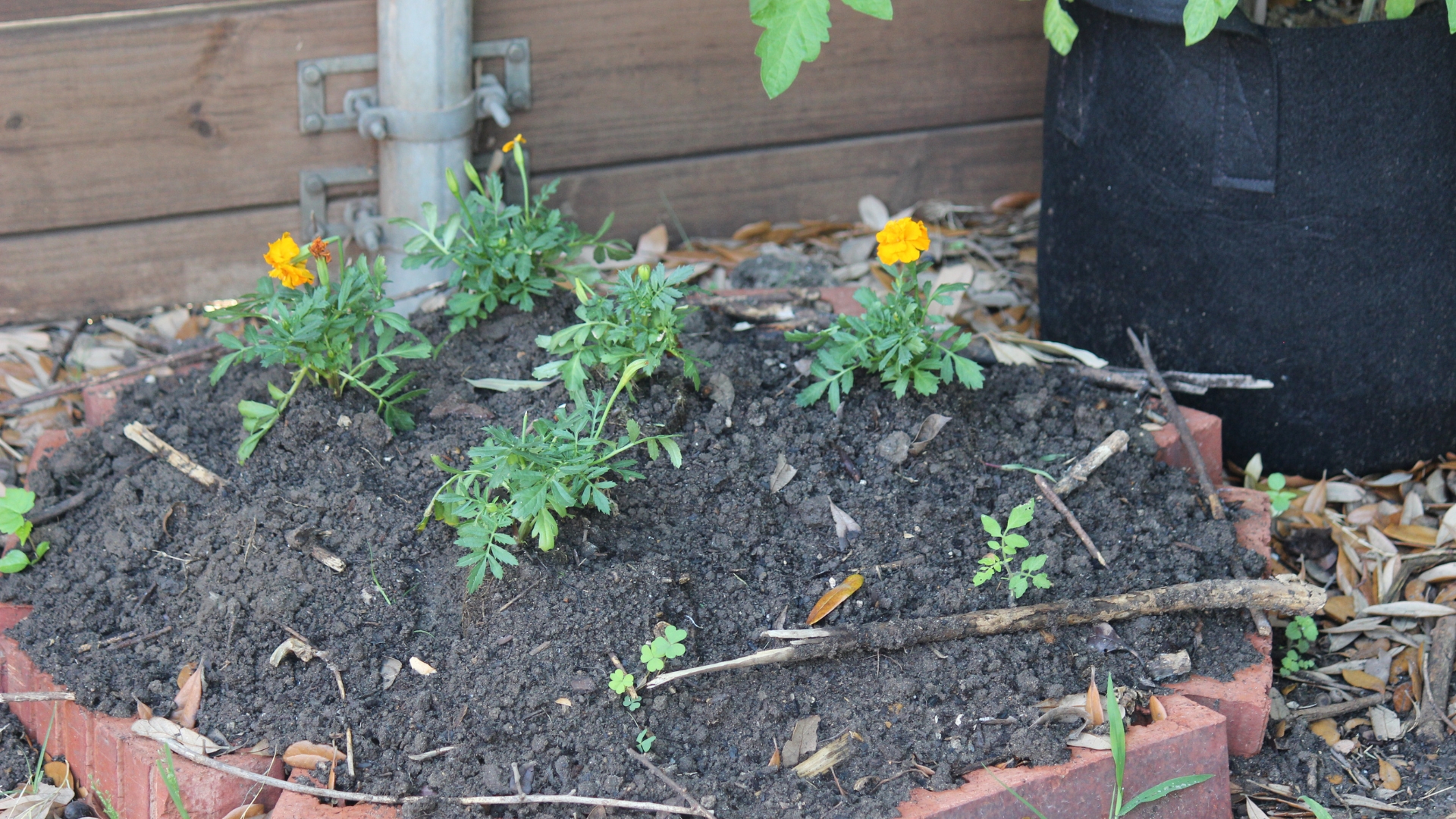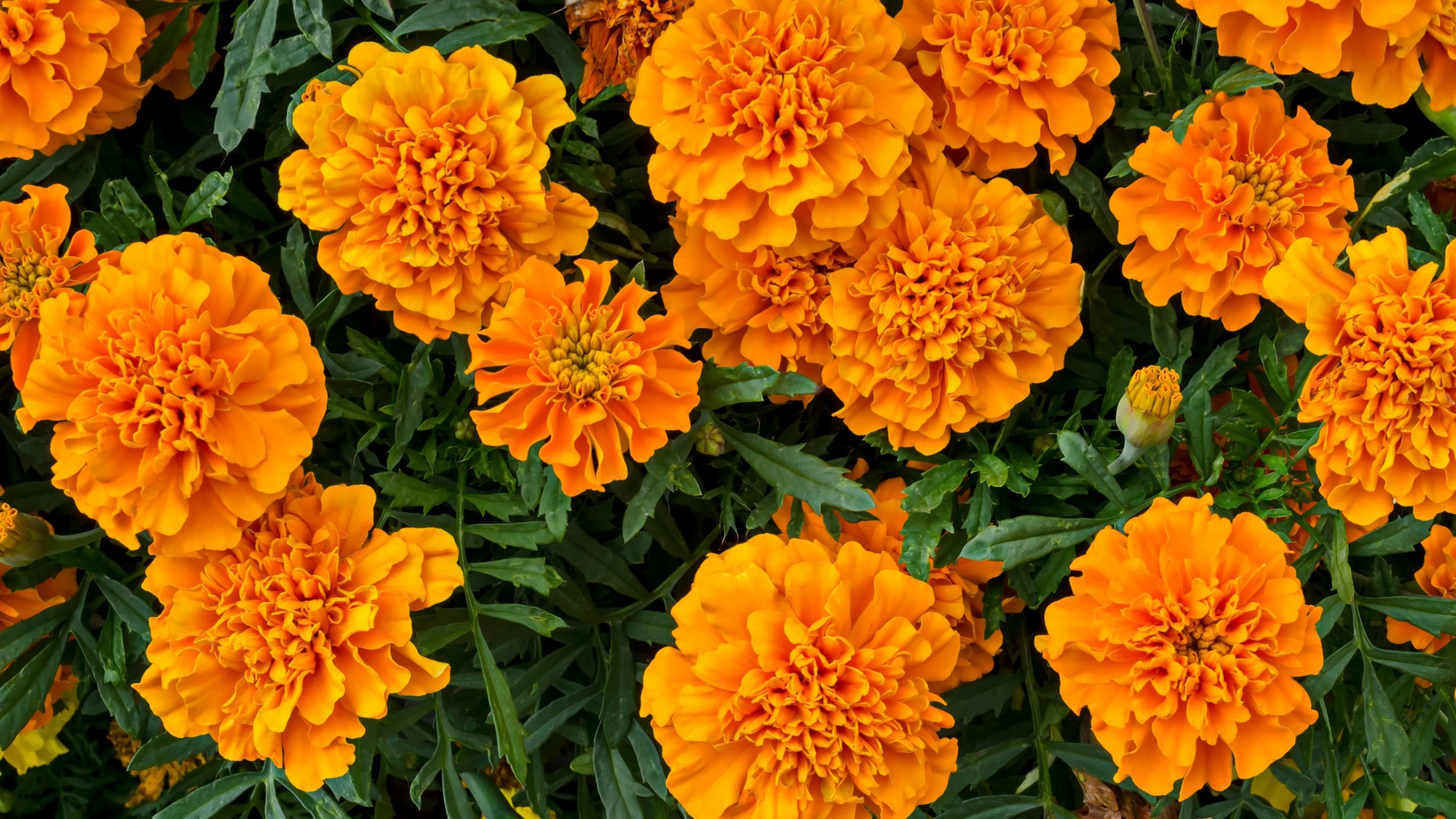I had big plans for my zucchini patch—lush, sprawling vines, a summer full of fresh harvests. Aphids had other ideas.
No matter what I did, they swarmed my plants, sucking the life out of every leaf and stem. I was frustrated, ready to give up, until I learned about a certain flower that aphids absolutely can’t stand.
I planted it, hoping for the best—and what happened next was nothing short of amazing. Little did I know, I had just discovered the simplest, most effective aphid deterrent yet.
Marigolds: The Ultimate Garden Sidekick
Few flowers are as recognizable as marigolds. With their ruffled petals and warm hues of orange, yellow, and crimson, they add an unmistakable pop of color to any space.
Standing just a foot or two tall, they’re compact enough to fit anywhere but bold enough to make a statement.
From backyard gardens to front-yard flower beds, marigolds are everywhere, quietly thriving, brightening landscapes, and adding a little extra beauty to the world.
And the best part? Aphids refuse to stick around when marigolds are nearby.
Why Aphids Hate Marigolds
Aphids might be tiny, but they’re relentless when it comes to attacking tender plants like zucchini. Luckily, marigolds send them running.
These bright blooms emit a distinct scent that aphids find completely unbearable, making them steer clear of any garden space where marigolds are planted.
Their strong fragrance acts like a natural barrier, keeping aphids away from your zucchini without the need for chemicals or constant intervention.
If you’ve been battling these pests, marigolds might just be the perfect solution.
Marigolds Do More Than You Think
If you thought the story about marigolds was over, you were wrong—these blooms don’t just sit there looking pretty.
At first, I planted them for their pest-repelling power, but soon I realized they were doing far more. They brought in bees, butterflies, and ladybugs, improved the health of my soil, and even helped nearby plants thrive.
The more I watched, the more I realized that marigolds aren’t just flowers—they’re garden guardians, silently working behind the scenes to make everything better.
How To Plant Marigolds
So, will marigolds become a part of your zucchini patch? Well, I guess we both know the answer to that. Now, let’s get them planted.
The good news? Marigolds aren’t fussy. They thrive in well-draining soil and can handle anything from loamy to sandy textures.
Whether you’re starting from seed or transplanting seedlings, just make sure they have enough space to spread out—about 8 to 10 inches apart should do the trick.
And How To Make Them Flourish
They don’t demand constant attention, but they do appreciate a little care. When it comes to watering, less is more.
Marigolds like their soil moist but not soggy, so let the top inch dry out before giving them another drink. Deep, infrequent watering encourages strong root growth and helps them handle dry spells.
Overwatering, on the other hand, can lead to root rot and mildew—so if in doubt, it’s better to hold off than to drown them.
While marigolds aren’t heavy feeders, a light boost of nutrients can keep them blooming longer and stronger. A balanced, slow-release fertilizer applied once a month is enough to keep them thriving.
Once a flower fades, simply pinch it off at the base to redirect the plant’s energy into producing fresh, vibrant blooms.
So, if aphids have been turning your zucchini into their personal buffet, now you know the secret weapon to keep them away. A simple companion plant can make all the difference—why not give it a try and watch your garden thrive?

